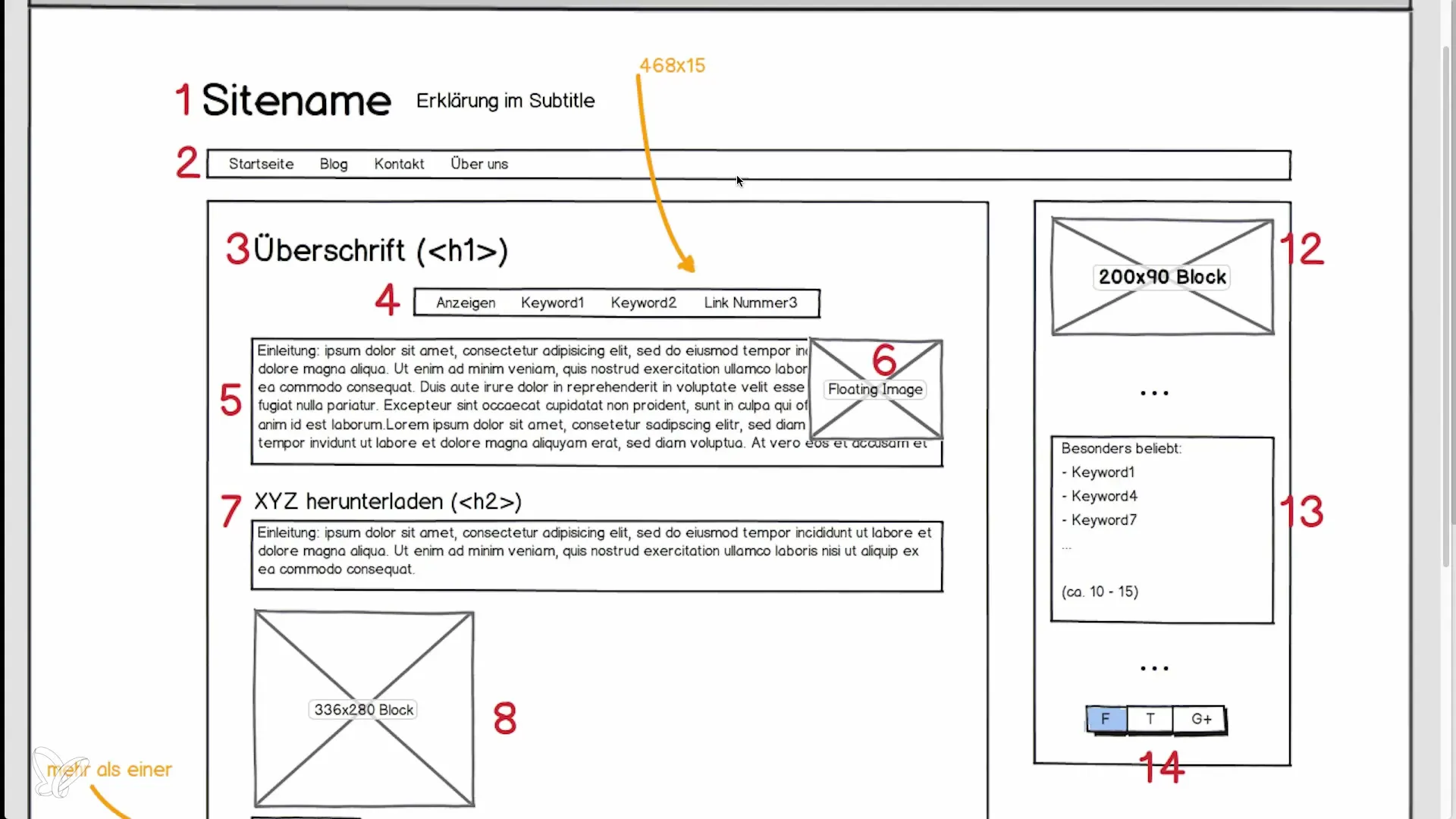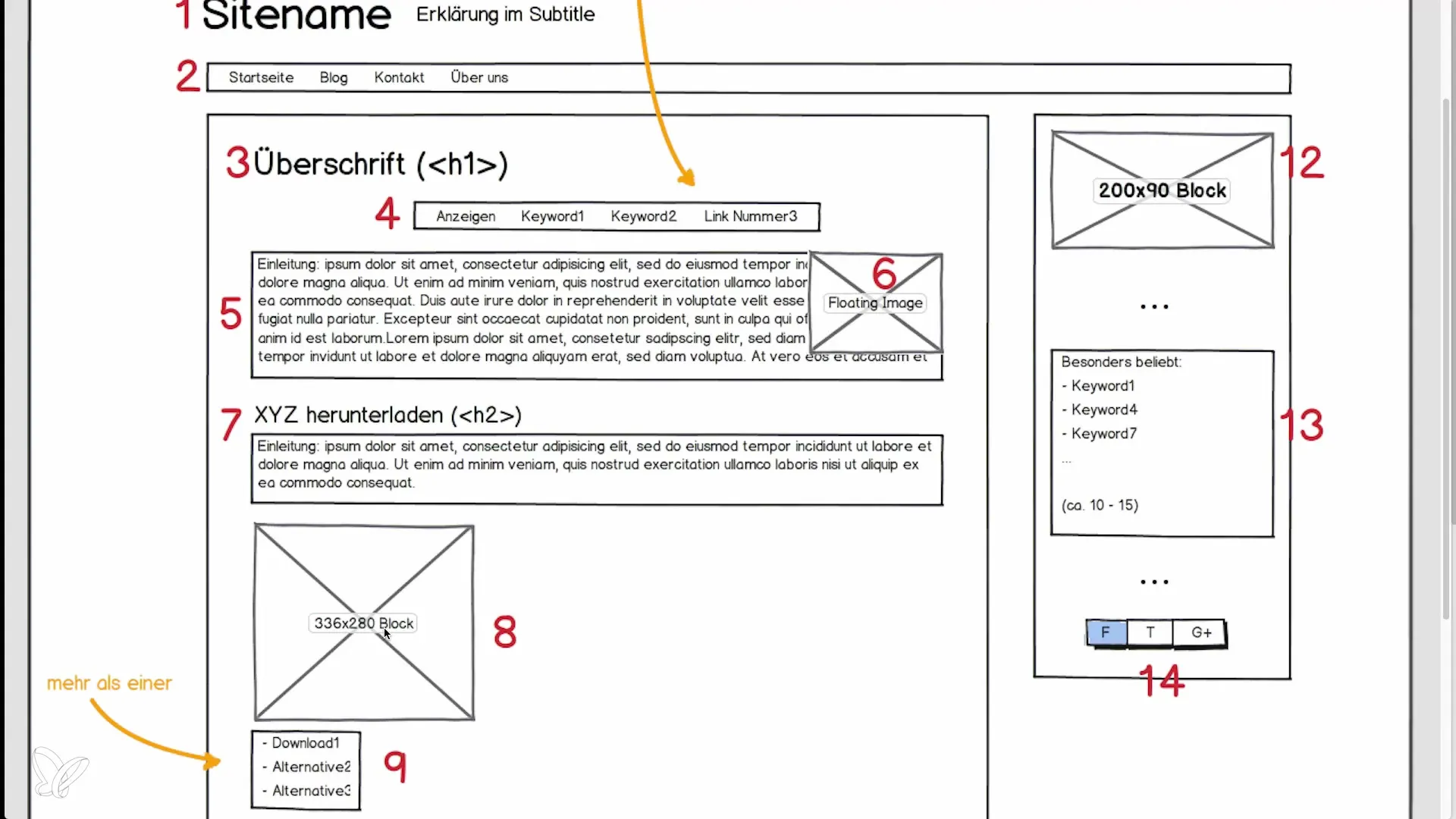Ad Formats are an essential part of online marketing, especially when it comes to generating revenue through Google AdSense. By choosing the right formats and placing them strategically, you can significantly increase your click-through rate. This guide offers you in-depth insights into the most effective ad formats and provides valuable tips on how to optimize their use.
Key Insights
- The choice of ad format is crucial for the success of your campaign.
- Certain formats perform better in most cases.
- Responsive ad formats are particularly beneficial for mobile users.
Step-by-Step Guide
Step 1: Selecting Ad Formats
One of the first steps in making money with AdSense is choosing the right ad format. There are a variety of fixed sizes suitable for different placements on your website. Based on my experiences, I have specifically identified four formats that work outstandingly well.

Step 2: Implementing the 468 x 15 Format
The 468 x 15 format has proven to be particularly effective. The major advantage of this format is that it primarily displays text ads that are thematically related to the keywords on your page. This targeted approach to visitors can increase the click-through rate.
Step 3: Using the 200 x 90 Format
Another proven format is the 200 x 90. Compared to earlier alternatives like the 180 x 90, it offers more space for a longer list of links and content. This additional visibility can lead to potential clicks not being overlooked.
Step 4: Implementing the 336 x 280 Format
The 336 x 280 format is also a good choice. It works exceptionally well because it is wide enough to display multiple ads and attracts enough attention to motivate visitors to click on it. Many have experimented with other wide blocks, which, however, has not always been successful.

Step 5: Testing Responsive Ad Formats
A relatively new approach in the world of ad formats is the responsive block. This format dynamically adjusts to the width of the container used, making it ideal for different screen sizes. This flexibility not only improves visibility but also ensures that ads do not stick out from the content, creating a negative user experience.
Step 6: Monitoring and Adjusting Performance
Choosing the right format is not enough. You also need to regularly monitor the performance of your ads. Use analytical tools to check which ad formats perform best in the respective niche. Try out different formats and let them run for at least a week to gather reliable data.
Step 7: Optimizing for Mobile Devices
As more users browse the web on mobile devices, it's important to pay attention to how your ads are displayed on smartphones and tablets. Responsive ad formats are excellent for optimizing the user experience on mobile devices. This ensures that users are not faced with poorly displayed content, which could negatively impact the click-through rate.
Summary — Earning Money with the AdSense Formula: Successful Ad Formats
Choosing the right ad formats in Google AdSense plays a crucial role in your success in online marketing. By combining proven formats with responsive designs, you can ensure that your ads achieve maximum visibility and interaction. Be sure to regularly monitor your performance and adjust your strategy accordingly.
Frequently Asked Questions
What are the best ad formats for AdSense?The best ad formats are 468 x 15, 200 x 90, 336 x 280, and responsive formats.
How often should I test my ad formats?It is recommended to test different formats for at least one week.
Are responsive formats beneficial for mobile users?Yes, responsive formats adjust to screen size and provide a better user experience on mobile devices.
Do I need to monitor my ad positions?Yes, regular monitoring of ad positions and their performance is important for optimization.
How can I increase my click-through rate?By selecting suitable ad formats and placing them strategically, you can increase your click-through rate.


